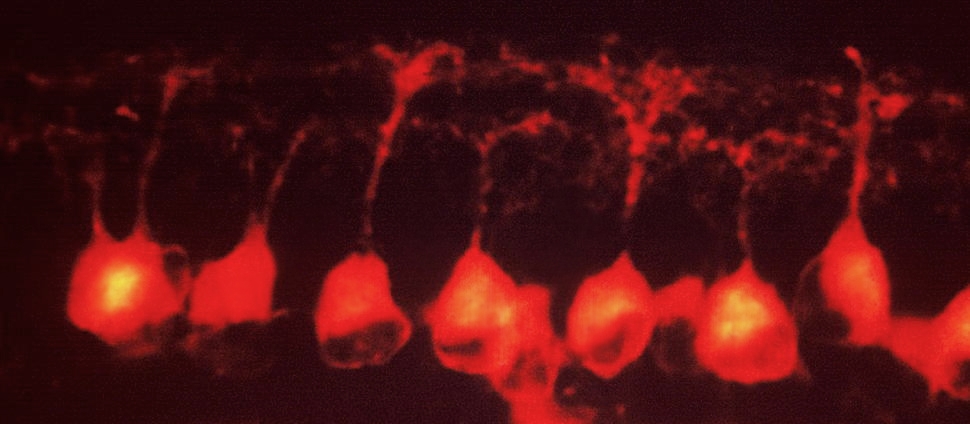Document Type
Article
Publication Date
5-1-2016
Publication Title
Cerebral Cortex
Abstract
Visual attentional capacity is severely limited, but humans excel in familiar visual contexts, in part because long-term memories guide efficient deployment of attention. To investigate the neural substrates that support memory-guided visual attention, we performed a set of functional MRI experiments that contrast long-term, memory-guided visuospatial attention with stimulus-guided visuospatial attention in a change detection task. Whereas the dorsal attention network was activated for both forms of attention, the cognitive control network (CCN) was preferentially activated during memory-guided attention. Three posterior nodes in the CCN, posterior precuneus, posterior callosal sulcus/mid-cingulate, and lateral intraparietal sulcus exhibited the greatest specificity for memory-guided attention. These 3 regions exhibit functional connectivity at rest, and we propose that they form a subnetwork within the broader CCN. Based on the task activation patterns, we conclude that the nodes of this subnetwork are preferentially recruited for long-term memory guidance of visuospatial attention.
Keywords
change detection, functional connectivity, functional MRI, long-term memory, posterior parietal cortex
Volume
26
Issue
5
First Page
2059
Last Page
2073
DOI
10.1093/cercor/bhv028
ISSN
10473211
Version
Version of Record
Recommended Citation
Rosen, Maya L.; Stern, Chantal E.; Michalka, Samantha W.; Devaney, Kathryn J.; and Somers, David C., "Cognitive Control Network Contributions to Memory-Guided Visual Attention" (2016). Neuroscience: Faculty Publications, Smith College, Northampton, MA.
https://scholarworks.smith.edu/nsc_facpubs/124



Comments
Archived as published. This work is written by (a) US Government employee(s) and is in the public domain in the US.